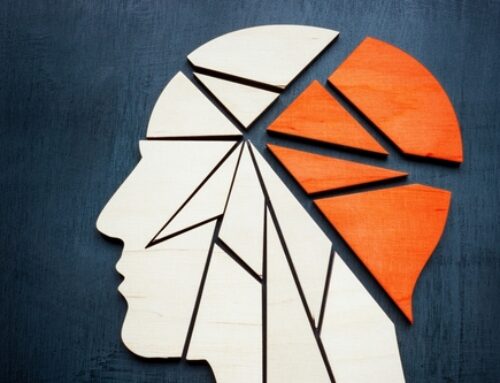Whether you’re an avid runner, spend long hours on your feet at work, or simply deal with occasional discomfort, foot pain can disrupt daily life and limit mobility. In this comprehensive guide, we’ll explore the causes and symptoms of foot pain, delve into effective treatment options, and highlight how the therapies we provide in our office; chiropractic care, acupuncture, Active Release Technique (ART), and FootLevelers custom orthotics can provide relief. Our goal is to empower you with knowledge to step towards better foot health and to show you the pathway back to a pain free life.
Understanding Foot Pain: Causes and Symptoms
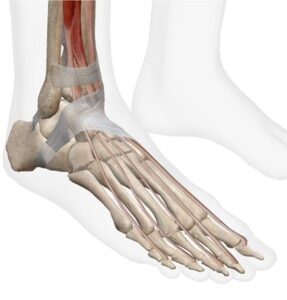 Foot pain is a widespread issue affecting millions, often stemming from the feet’s complex structure—each foot contains 26 bones, 33 joints, and over 100 muscles, tendons, and ligaments. Damage or strain to any of these can lead to discomfort. Common causes include injuries such as sprains, strains, fractures, or Achilles tendon ruptures, which might occur from sudden twists or overuse. Chronic conditions like osteoarthritis, bone spurs, gout, or tendonitis can also trigger ongoing pain, especially in the heels, arches, or toes. 
Foot pain is a widespread issue affecting millions, often stemming from the feet’s complex structure—each foot contains 26 bones, 33 joints, and over 100 muscles, tendons, and ligaments. Damage or strain to any of these can lead to discomfort. Common causes include injuries such as sprains, strains, fractures, or Achilles tendon ruptures, which might occur from sudden twists or overuse. Chronic conditions like osteoarthritis, bone spurs, gout, or tendonitis can also trigger ongoing pain, especially in the heels, arches, or toes. 
Plantar fasciitis, one of the most prevalent causes, involves inflammation of the thick band of tissue running from the heel to the toes, often due to repetitive stress or poor biomechanics. Other culprits include bunions (bony bumps at the base of the big toe), flat feet or high arches leading to imbalances, neuromas (nerve thickening causing burning pain), and even systemic issues like diabetes or peripheral neuropathy that affect nerve health in the feet. Symptoms vary by cause but often include sharp or dull pain, swelling, redness, stiffness, or difficulty bearing weight. If left untreated, foot pain can lead to compensatory issues like knee, hip, or back problems, as the body adjusts posture to avoid discomfort.
General Approaches to Managing Foot Pain
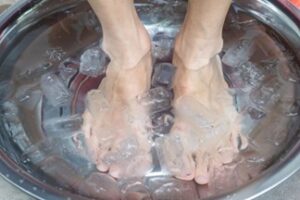 Before diving into specialized therapies, let’s cover foundational treatments. Rest is paramount: avoiding activities that aggravate the pain allows tissues to heal. Apply real ice in the form of zip lock bags or ice baths for 15-20 minutes several times a day to reduce inflammation and numb soreness. Compression socks may be helpful to minimize swelling and provide support during the day.
Before diving into specialized therapies, let’s cover foundational treatments. Rest is paramount: avoiding activities that aggravate the pain allows tissues to heal. Apply real ice in the form of zip lock bags or ice baths for 15-20 minutes several times a day to reduce inflammation and numb soreness. Compression socks may be helpful to minimize swelling and provide support during the day.
Over-the-counter pain relievers like ibuprofen help with inflammation in the short term, but they have not been shown to improve healing time. Therefore, I do not recommend their use. Supportive footwear with good arch support and cushioning is essential—avoid high heels or flat shoes without padding. Stretching exercises, such as calf stretches or toe curls, improve flexibility and strengthen foot muscles. In rare cases, we may refer you to a foot specialist. For those special cases we will recommend the best surgeons for your specific condition. Most cases will be resolved or managed conservatively using our tested methodology of a blend of chiropractic, acupuncture, Active Release Technique, and when indicated, Footlevelers Orthotics.
Chiropractic Care: Aligning for Relief
Chiropractic treatment focuses on the musculoskeletal system, particularly spinal and joint alignments that influence the entire body, including the feet. Misalignments in the spine, pelvis, or lower extremities can create imbalances, leading to uneven weight distribution and foot pain. For conditions like plantar fasciitis, adjustments can enhance ankle motion, improve function, and alleviate heel pain by addressing restricted joints. Patients with flat feet, arch pain, bunions, or heel spurs often experience long-lasting relief as chiropractic care restores proper biomechanics to the foot and ankle. Benefits include improved mobility, reduced inflammation, and better overall posture, which prevents pain from recurring. 
Acupuncture: Targeting Pain at Its Source
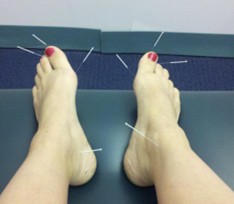 Acupuncture, an ancient Chinese medicine practice, involves inserting thin needles into specific points on the body to balance energy flow and stimulate healing. For foot pain, it targets meridians in the feet connected to pain relief, such as Kidney 3 or Liver 3 points, which can reduce inflammation and promote circulation. 
Acupuncture, an ancient Chinese medicine practice, involves inserting thin needles into specific points on the body to balance energy flow and stimulate healing. For foot pain, it targets meridians in the feet connected to pain relief, such as Kidney 3 or Liver 3 points, which can reduce inflammation and promote circulation. 
Studies show acupuncture effectively reduces pain from plantar fasciitis, with significant improvements over 4-8 weeks compared to sham treatments. It relaxes tight muscles, releases trigger points, and enhances blood flow, easing symptoms like heel stabbing pain or arch soreness. For arthritis-related foot pain, it decreases swelling, supports joint mobility, and provides a non-pharmacological alternative. Acupuncture also improves functional status, making daily activities easier without discomfort. It’s generally safe, with minimal side effects, and can address broader issues like back or neck pain linked to foot problems. 
Active Release Technique (ART):
Active Release Technique (ART) is a patented soft tissue therapy that treats overuse injuries by breaking down scar tissue and adhesions in muscles, tendons, ligaments, and fascia. We apply precise pressure while guiding the patient through specific movements to restore normal tissue function. For foot pain, ART is particularly effective for heel issues like plantar fasciitis and Achilles tendonitis, where it releases tension in the foot and ankle. ART targets fibrosis that restricts motion, improving flexibility and reducing pain from repetitive strain. Patients often feel relief quickly, as ART enhances blood flow and nerve function in the affected areas. It’s commonly used for athletes or those with chronic soft tissue problems, complementing other therapies like chiropractic. Benefits include faster recovery, increased range of motion, and prevention of future injuries by addressing root causes rather than symptoms alone. 
FootLevelers Custom Orthotics:
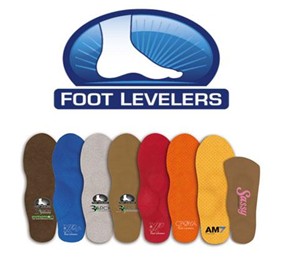 FootLevelers orthotics are custom-made inserts designed to support all three arches of the foot—the medial, lateral, and transverse—providing personalized stability. Unlike generic insoles, they’re crafted specifically for you and your feet to correct imbalances like overpronation, which can cause heel shock and pain. 
FootLevelers orthotics are custom-made inserts designed to support all three arches of the foot—the medial, lateral, and transverse—providing personalized stability. Unlike generic insoles, they’re crafted specifically for you and your feet to correct imbalances like overpronation, which can cause heel shock and pain. 
These orthotics alleviate conditions such as plantar fasciitis, flat feet, arthritis, and low back pain linked to foot misalignment by improving posture and reducing strain. Clinically proven for pain relief, they enhance whole-body wellness, with options for extra cushioning for sensitive feet or those standing on hard surfaces. Benefits include better gait, reduced inflammation, and faster recovery from injuries. Integrated with the above therapies, they promote long-term alignment and comfort, often leading to dramatic improvements in mobility. Users report less discomfort in daily activities, making them ideal for active lifestyles. 
Prevention Tips:
Prevention is better than cure.
- Maintain a healthy weight to reduce foot stress.
- Choose shoes with ample support and replace them regularly.
- Incorporate foot-strengthening exercises
- Warm up before activities and vary your routine to avoid overuse.
- Address minor pains early.
- Regular adjustments can catch issues before they escalate.
Conclusion:
Foot pain doesn’t have to sideline you. By understanding its causes and exploring options like chiropractic adjustments, acupuncture, ART, and FootLevelers orthotics, you can find tailored relief and reclaim your stride. At [Core] our goal is to see you get your life back and help you become healthier than you have ever been.

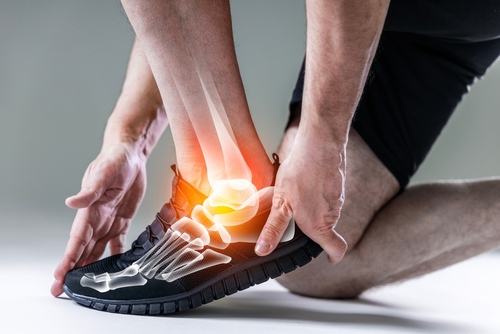


![[LivFit] Approach To Inflammation, Depression, and Weight Loss](https://www.coreroanoke.com/wp-content/uploads/2025/10/liv-fit-500x383.jpg)


